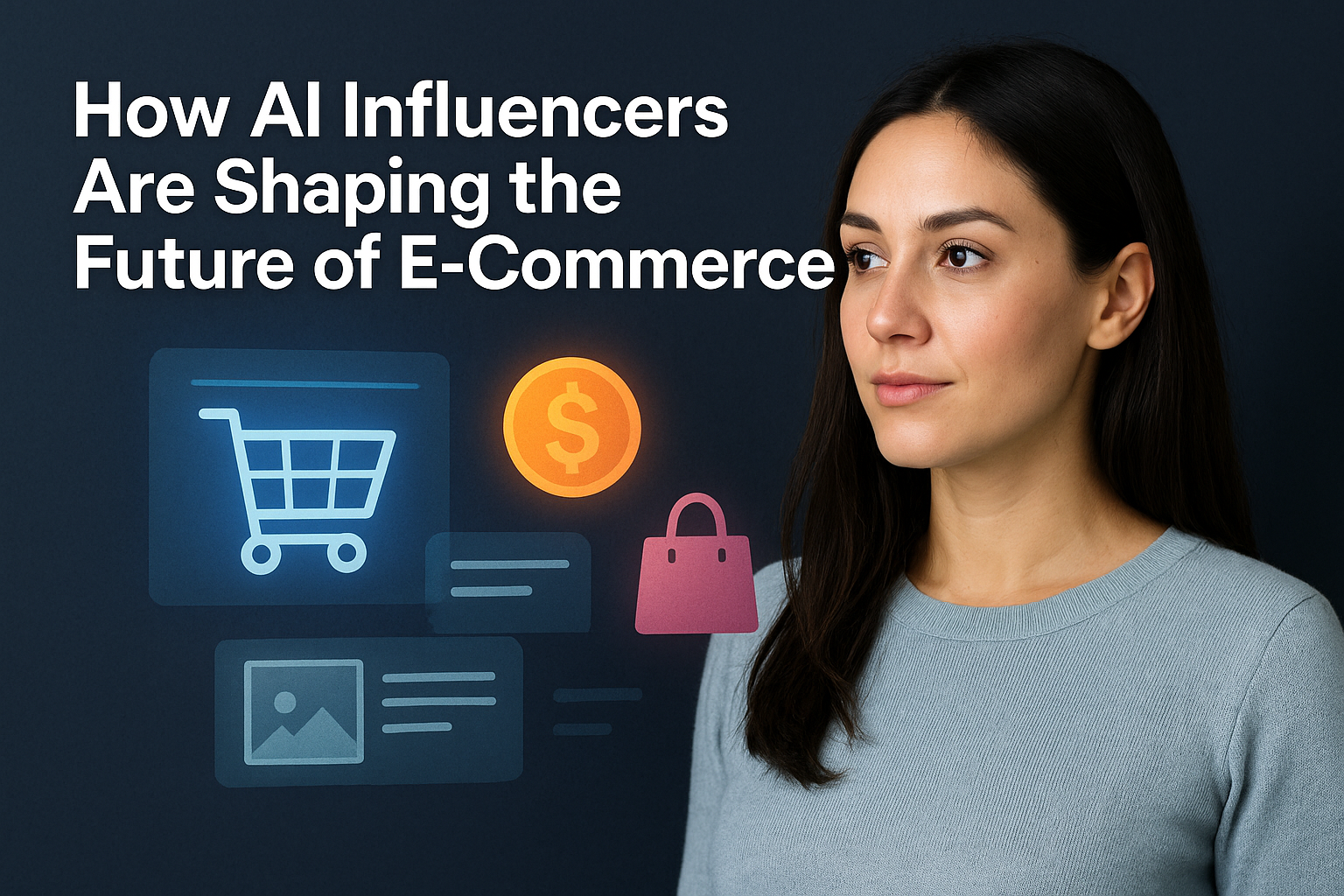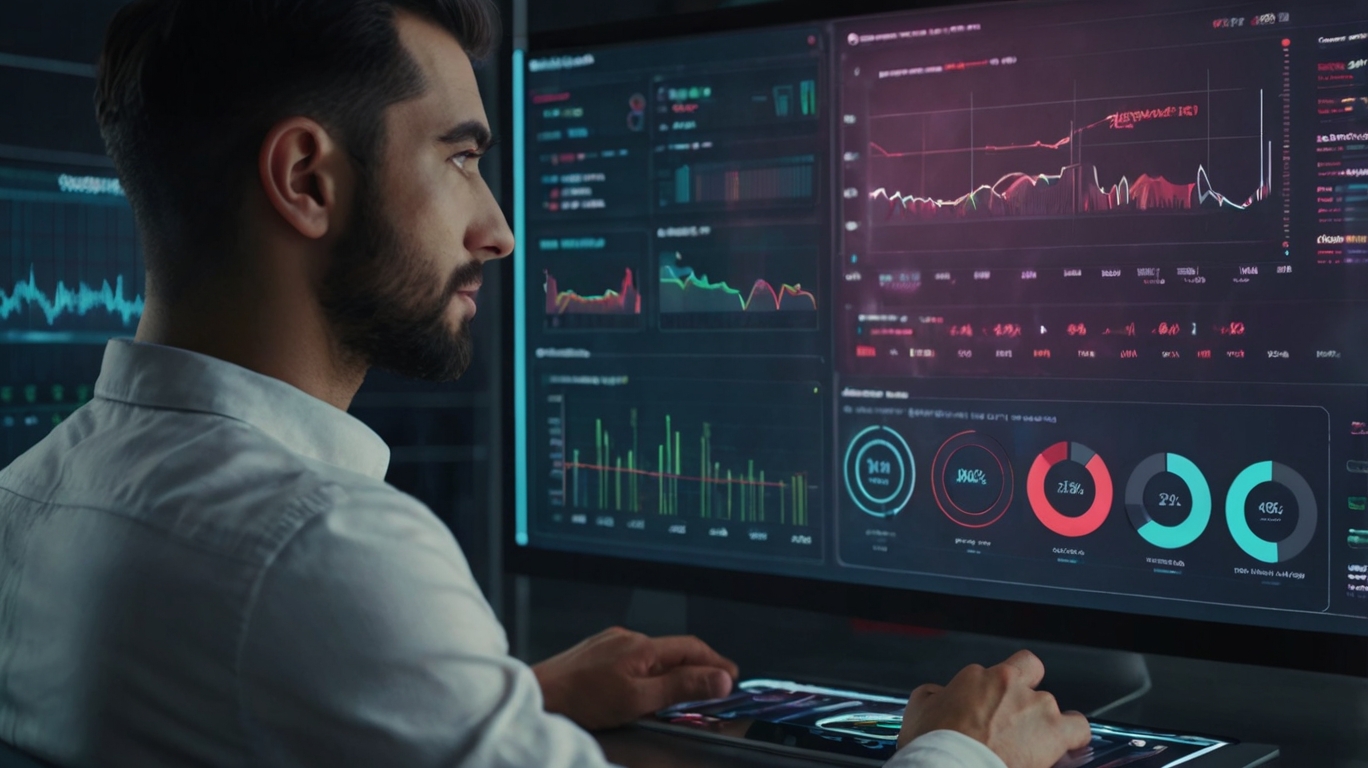Let me first say this: if you’re still thinking of AI influencers as just a novelty, or some cutesy virtual avatars dancing around on TikTok, you’re missing the point. I’ve been deep in the trenches of AI branding, synthetic media, and influencer marketing for about 4 years now, and I’m here to tell you: this is not a phase. This is a major shift. And it’s going to reshape how e-commerce operates, top to bottom.
AI influencers aren’t just digital dolls with nice faces. They’re becoming full-scale brand ambassadors, storytellers, product reviewers, and conversion machines, all rolled into one algorithmically optimized package. And no, they don’t sleep, complain, or ghost your campaign halfway through. That alone should make any e-commerce brand raise an eyebrow.
So let’s break down exactly how AI influencers are shaping the future of e-commerce, because the brands that lean into this early are going to eat up market share while everyone else is busy debating whether it’s “ethical” to like a bot’s Instagram post.
1. 24/7 Content Engines (That Don’t Need Lunch Breaks)
The first thing that drew me in? AI influencers never stop. Once you’ve built (or licensed) your digital persona, they can generate content around the clock. Think: daily outfit hauls, skincare tutorials, unboxing videos, or fashion reels—at scale.
I created one that did three posts a day for a whole campaign launch without needing a script or a human hand beyond setup. Try asking your human influencer to do that for the same price as your Canva subscription.
This always-on content cycle means you’re feeding the algorithm what it craves: consistency. Which leads to visibility. Which leads to sales.
2. Full Brand Control Without the Ego
Let’s be honest, human influencers come with baggage. You’re not just hiring their face; you’re signing up for their lifestyle, their followers’ opinions, and whatever tweet they post after a tequila-fueled night out.
With AI influencers? You own the narrative. Fully. You can script their tone, control their style, dictate their values, and keep everything beautifully on-brand.
I’ve had brands tell me it was like going from a moody freelancer to a salaried brand ambassador—one who never ghosts you and always shows up looking camera-ready.
3. Hyper-Personalization at Scale
Here’s where things really get juicy.
You can segment your customer base and tweak your AI influencer to match them—different language, vibe, product focus, even region-specific cultural references.
Imagine your skincare brand having one AI ambassador for Gen Z in New York (edgy, colorful, slang-heavy), and another for moms in Texas (warm, calming, solution-focused). Same product. Different voice.
This is impossible with traditional influencers unless you’ve got Kardashian-level budgets. With AI? It’s baked into the tech.
4. Seamless Integration with E-Commerce Platforms
Most of my AI influencer campaigns are tied directly to product pages. We use shoppable videos, virtual try-ons, and even direct voice-activated experiences (yes, people are talking to influencers through smart mirrors and Alexa now—this isn’t sci-fi).
AI influencers can demonstrate how a shirt looks on multiple body types, offer real-time product comparisons, and push promotions right inside the conversation. That’s the holy grail of e-comm: frictionless conversion.
And if you’re not thinking about how to shorten the path between interest and checkout, you’re playing the wrong game.
5. Future-Proofed Against Platform Burnout
Let’s not pretend the social media landscape isn’t on fire. Between algorithm changes, shadowbans, and the whiplash of trying to stay relevant on every platform—it’s exhausting.
But AI influencers can be trained to adapt. New trend? They’re on it. New platform? Just port them over. Need a hundred Pinterest pins overnight or a lip-synced promo video in seven languages? That’s literally what they’re built for.
In other words, they don’t burn out. They scale. And if you’re building an e-commerce brand in 2025 and beyond, scalability is the only metric that matters.
6. Realer Than Real: Emotional Resonance, Built-In
I know what you’re thinking: “But won’t people know it’s fake?” Sure. Some will. But here’s the truth bomb—they don’t care.
If the influencer delivers content that feels authentic, visually compelling, and emotionally intelligent, the source becomes secondary. I’ve watched people cry over an AI influencer’s “breakup” post. I’ve seen DMs pour in from followers asking for advice or sharing personal stories like they’re writing to a best friend.
Connection doesn’t require carbon-based lifeforms. It requires resonance. And AI can be engineered for that.
7. Data-Driven Feedback Loops That Actually Improve
With human influencers, you’re often flying blind. You post, hope for engagement, and wait for their vague feedback on how it “felt.”
AI influencers, on the other hand, operate on data. You get granular insights on what content worked, who engaged, what led to clicks, and where the drop-offs happened.
Then? You optimize. Tweak the script. Adjust the visuals. Refine the tone. And within 24 hours, your influencer is back out there, smarter and sharper than before.
It’s performance marketing in avatar form.
8. The Rise of AI/IRL Collabs
Here’s a twist I’m starting to love: pairing human influencers with AI ones.
Imagine a creator doing a GRWM video with her “digital bestie.” Or a makeup artist showing how her AI twin uses the same palette. There’s something fascinating—and clickable—about that dynamic.
This hybrid model brings the best of both worlds: the relatability of human creators + the control, scalability, and intrigue of AI.
We’re just scratching the surface of these collabs. But if you want your brand to ride the wave instead of playing catch-up, get in early.
The Ethical Elephant in the Room
Yes, we need to talk about ethics. AI influencers aren’t immune to controversy.
But neither were traditional influencers, and we didn’t abandon Instagram because of it. The key is transparency. Be clear with your audience. Let them know it’s an AI persona. Use that honesty as part of your storytelling.
People are more curious than they are judgmental. Lean into that curiosity, and you’ll win trust—not lose it.
Where This Is All Going
If you’re waiting for some kind of industry-wide confirmation that AI influencers are “real” now, you’re going to be too late.
Smart brands aren’t waiting. They’re experimenting. They’re licensing avatars, building their own, integrating them with Shopify, and using them to anchor entire campaigns. Not as a side gig—but as the face of the brand.
Because the truth is, AI influencers don’t get sick. They don’t age out. They don’t need to take time off for mental health breaks or disappear because of a scandal. They just evolve.
And if you ask me, that’s exactly what e-commerce needs right now, resilience, creativity, and the ability to meet customers where they are, on their terms, in their language, at their speed.
That’s the future. And honestly? It’s already here.

